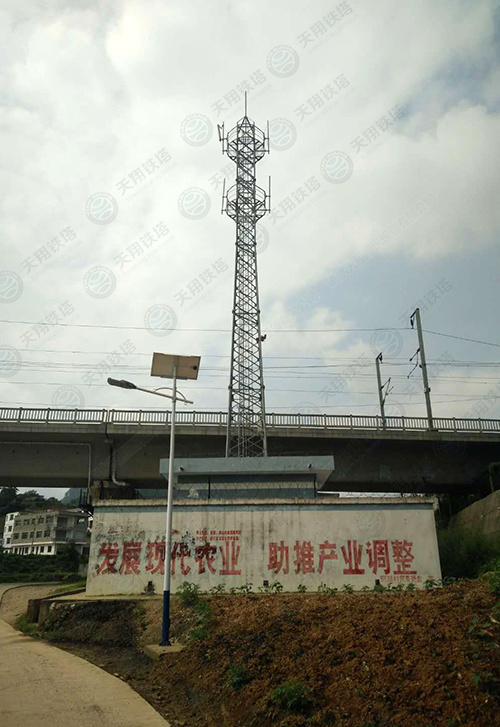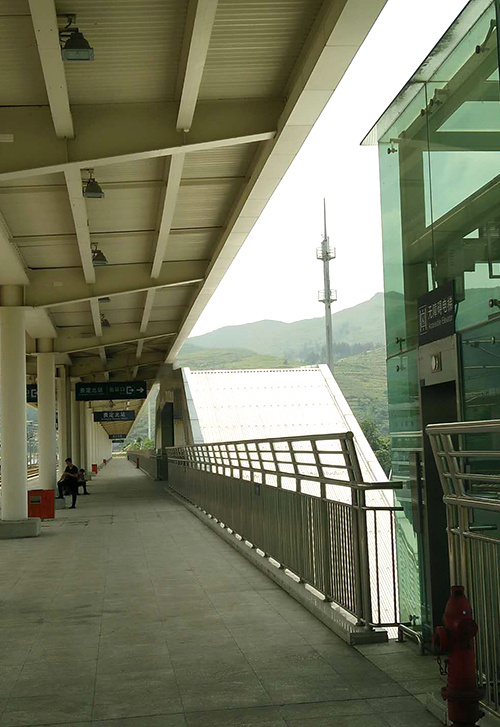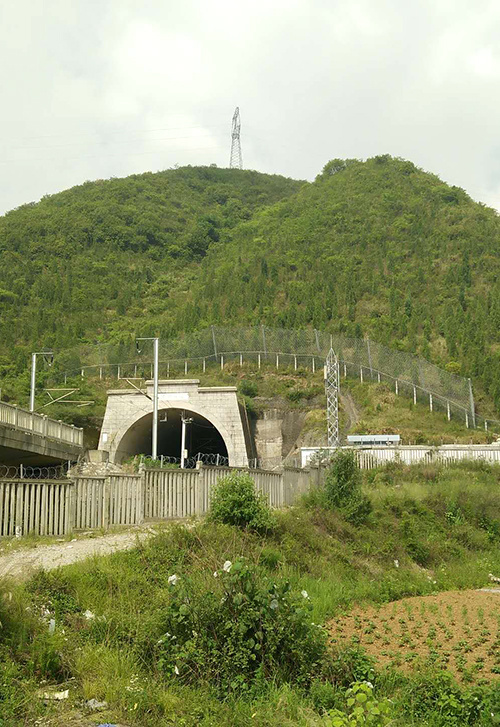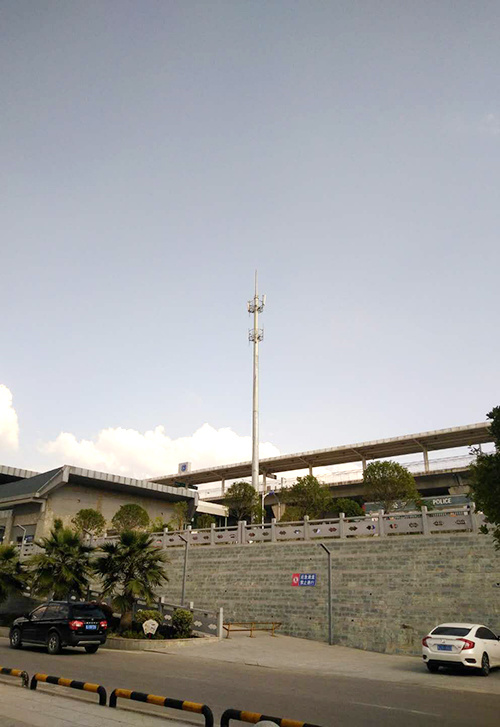Reaching New Heights: The Role of Broadcasting and Television Towers in Modern Media
Broadcasting and Television Towers: The Unsung Heroes of Media
Ever wonder how your favorite TV shows and radio stations reach you? It’s all thanks to broadcasting and television towers! These towering giants might seem like just metal structures dotting the skyline, but they play a crucial role in our daily lives. Let’s dive into the world of these towering beacons and explore their importance, technology, and the future they hold.
A Brief History of Broadcasting Towers
Believe it or not, broadcasting and television towers have been around since the early 20th century. Back then, they were primarily used for radio transmission. Fast forward to the 1930s, and the first television broadcasts began to take off, paving the way for the iconic towers we recognize today. From wooden structures to steel behemoths, these towers have evolved significantly over time.
Tall Tales: The Architecture of Broadcasting Towers
When you look up at a broadcasting and television tower, you might be struck by its height and design. Some of the tallest towers in the world exceed 2,000 feet! The architecture is not just for show; it’s a blend of functionality and aesthetics. Engineers carefully design these structures to withstand extreme weather conditions, high winds, and even earthquakes. Can you imagine a storm taking down your favorite channel? Yikes!
How Do They Work?
Now, let’s get a bit technical, but don’t worry—it’s not rocket science! Broadcasting and television towers work by transmitting signals from a central source to antennas located on the tower. These antennas then relay the signals to your TV or radio, allowing you to enjoy your shows and tunes without a hitch. It’s like a game of telephone, but way more sophisticated!
The Magic of Wave Propagation
Ever heard the term “line of sight”? It’s crucial in broadcasting. The higher the tower, the farther its signals can travel. That’s why you’ll often find these towers perched on hills or mountains—maximizing their reach! Plus, the frequency plays a significant role. Higher frequencies can carry more data but have a shorter range, while lower frequencies cover larger distances but transmit less information. It’s all about finding the sweet spot!
The Impact of Technology
As technology advances, so do our broadcasting and television towers. The transition from analog to digital broadcasting has been a game-changer. Digital signals allow for clearer audio and video quality, and they can carry more channels. Plus, with the rise of streaming services, the demand for reliable broadcasting towers is more important than ever. Tower companies are stepping up their game, integrating cutting-edge technology to keep up with the fast-paced media landscape.
The Future of Broadcasting Towers
What does the future hold for broadcasting and television towers? With the advent of 5G technology, we’re on the brink of another revolution. These towers will not only transmit traditional TV and radio signals but will also play a pivotal role in connecting us through mobile networks. Imagine a world where your streaming services are as reliable as your morning coffee. Now, that’s something to get excited about!
Conclusion: A Towering Presence
In a nutshell, broadcasting and television towers may not be the most glamorous part of media, but they are undeniably vital. They connect us to the world, allowing us to enjoy stories, news, and entertainment from the comfort of our homes. So, next time you catch a glimpse of one of these towering structures, remember the technology and ingenuity that keeps our screens lit up and our hearts racing with excitement!
Tag:











